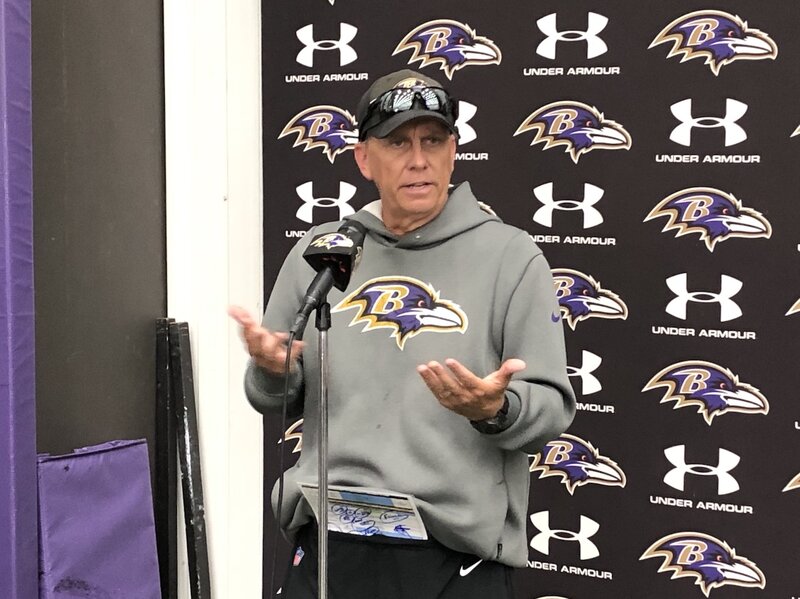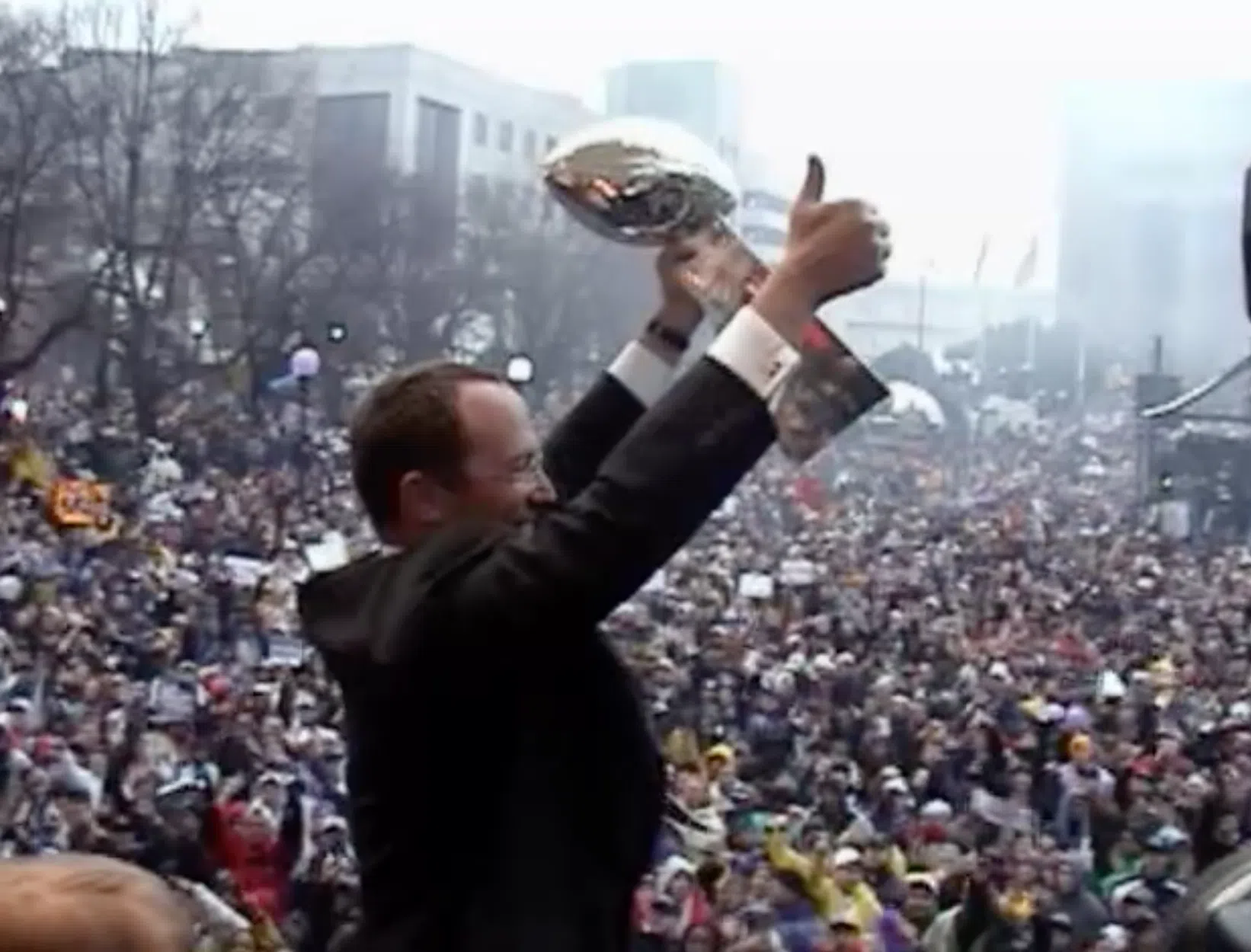It’s no secret that the Orioles want to keep Nick Markakis.
The organization’s first-round pick in 2003 and the regular right fielder since 2006, Markakis is the longest-tenured Oriole and offers some value that can’t be easily measured as a longtime leader in the clubhouse. But even as executive vice president of baseball operations Dan Duquette engages in contract talks to keep the soon-to-be 31-year-old in Baltimore for the 2015 season and beyond, everyone has a price and determining Markakis’ overall value is a tricky proposition.
It was apparent a couple years ago that the Orioles weren’t going to exercise Markakis’ $17.5 million mutual option for 2015. Even as a favorite of manager Buck Showalter and his teammates, the right fielder’s numbers have declined in recent years as 2013 was his worst season and he still only produced a .729 on-base plus slugging percentage this year. He’s hit below .280 in each of his last two seasons and his slugging percentage has fallen below the .400 mark in back-to-back years as he doesn’t provide the same gap power he did as a hitter who once averaged 45 doubles or so.
A simple look at his numbers over the last four years — save a productive 2012 that was limited to 102 games due to injuries — suggests the Orioles should attempt to find an upgrade in right field, but it isn’t quite that simple with a player like Markakis. This winter’s crop of free-agent outfielders offers few options as good as Markakis, let alone better.
That reality not only means it would be challenging to find a player of his caliber, but demand could be substantial in the open market, further driving up his price. The Orioles could make the $15.3 million qualifying offer that would drive down demand from other teams who would then forfeit a draft pick to sign him, but Markakis could simply accept the qualifying offer — in addition to his $2 million buyout — and essentially be back where he was with the original mutual option.
Internal options to replace Markakis in right field include Steve Pearce and a variety of fourth-outfielder types such as David Lough, Alejandro De Aza, and 25-year-old outfield prospect Dariel Alvarez unless you’re going all in to re-sign slugger Nelson Cruz to a long-term contract.
So, how much is Markakis really worth?
The general consensus is that a win costs approximately $6 million on the open market and Markakis has averaged just over two wins above replacement (WAR) per season over the last five years if you eliminate a very productive 2012 cut short by injuries and a horrendous 2013, the two clear outliers in that period of time. If we’re to assume Markakis continues to be a 2.0 WAR player over the next few years — optimistic, but not unreasonable for a player in his early 30s — that would put him in the neighborhood of earning $12 million per year in a vacuum.
Of course, that’s a statistically-driven monetary value that doesn’t consider the intangibles that Markakis brings that can’t be easily quantified or the supply and demand of the open market in any given offseason.
What does each side expect from the other? Do the Orioles want Markakis to take a hometown discount after signing shortstop J.J. Hardy — who’s been a 3.65 WAR player per year since 2011 and is only slightly older — to a reasonable three-year, $40 million contract with a vesting option? Does Markakis expect the Orioles to split the difference between what the numbers suggest he’s worth per year and the $17.5 million option for 2015 that they declined? Does he expect to be paid as much as or more than Hardy even though the latter has been more valuable over the last four seasons?
Even though he’s one of the few Orioles to make Baltimore his year-round home in recent years, Markakis has never had the opportunity to test the free-agent market and perhaps he’s curious to see what other teams might offer.
If you’re the Orioles, a three-year contract worth somewhere between $34 million and $38 million would be acceptable if you can’t reap the benefits of a hometown discount. Perhaps a vesting fourth-year option similar to the one Hardy received — which is reportedly based on plate appearances — would be an attractive addition, but there has been too much decline in Markakis’ production in recent years to go much higher than that in terms of years or money unless you’re perfectly fine with overpaying.
Entering the 2015 season at age 31, Markakis should have plenty of solid baseball ahead of him, but the last five years suggest the best you’re reasonably going to get from him is worth roughly $12 million per year on the open market and that’s assuming he doesn’t decline further. Of course, his value isn’t based solely on the numbers, but you have to be careful not to overpay for intangibles and sentimentality.
Replacing Markakis wouldn’t be easy in terms of finding a leadoff hitter and replacing his leadership in the clubhouse, but the Orioles shouldn’t overpay for those qualities, either, with other players and other needs to address this offseason and in the coming years.




























